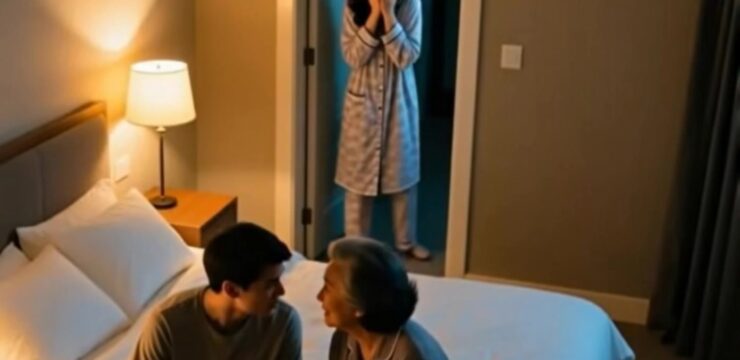
If you’ve ever felt a surge of irritation or even anger upon hearing someone chew loudly, breathe heavily, or click a pen repeatedly, you’re not alone. This intense emotional response to specific sounds is associated with a condition known as misophonia. Recent research has begun to shed light on the neurological underpinnings of this phenomenon, validating the experiences of those affected and paving the way for potential treatments.
Understanding Misophonia
Misophonia, which translates to “hatred of sound,” is characterized by strong emotional and physical reactions to particular auditory stimuli, often referred to as “trigger sounds.” These triggers commonly include oral sounds like chewing, slurping, or breathing, as well as repetitive noises such as pen clicking or foot tapping. Individuals with misophonia may experience feelings of anxiety, rage, or a fight-or-flight response when exposed to these sounds. The condition is sometimes called selective sound sensitivity syndrome.
Neurological Insights into Misophonia
A study conducted by researchers at Newcastle University in the UK provides compelling evidence of distinct brain differences in individuals with misophonia. Utilizing MRI scans, the research team observed that those with misophonia exhibit atypical activity in the anterior insular cortex—a region of the brain associated with processing emotions and interoceptive awareness. When exposed to trigger sounds, this area showed heightened connectivity with other brain regions responsible for the body’s fight-or-flight response, explaining the intense emotional reactions experienced by sufferers.

Physical Manifestations and Impact on Daily Life
The reaction to trigger sounds in misophonia isn’t solely emotional; it often involves physical symptoms such as increased heart rate, muscle tension, and sweating. These involuntary responses can make everyday environments challenging, leading individuals to avoid social situations, public places, or even shared meals to escape potential triggers. This avoidance can strain personal relationships and limit professional opportunities, significantly impacting one’s quality of life.
Recognition and Classification Challenges
Despite the profound effects of misophonia, it remains absent from major diagnostic manuals like the Diagnostic and Statistical Manual of Mental Disorders (DSM-5). This omission can lead to misunderstandings among healthcare providers and the public, often resulting in misophonia being dismissed as mere sensitivity or irritability. However, the growing body of research highlighting the neurological basis of misophonia is fostering greater recognition of the condition within medical and psychological communities.
Coping Strategies and Potential Treatments
While there is no universally accepted treatment for misophonia, several coping mechanisms have shown promise:
-
Sound Therapy: Using background noise, such as white noise machines or ambient music, can help mask trigger sounds, reducing their impact.
-
Cognitive Behavioral Therapy (CBT): This therapeutic approach aims to change negative thought patterns associated with trigger sounds, helping individuals develop healthier responses.
-
Mindfulness and Relaxation Techniques: Practices like meditation, deep breathing, and progressive muscle relaxation can assist in managing the stress and anxiety that accompany misophonic reactions
-
Use of Noise-Canceling Devices: Wearing earplugs or noise-canceling headphones in environments where trigger sounds are unavoidable can provide relief.
It’s essential for individuals experiencing symptoms of misophonia to consult with healthcare professionals familiar with the condition to develop personalized coping strategies.
The Path Forward
As research into misophonia advances, there is hope for more effective treatments and broader recognition of the disorder. Understanding that the intense reactions to certain sounds have a neurological basis can foster empathy and support for those affected. Continued studies are crucial to unravel the complexities of misophonia, ultimately leading to improved interventions and a better quality of life for sufferers.
In conclusion, misophonia is a genuine condition rooted in the brain’s processing of specific sounds. Recognizing and validating the experiences of those with misophonia is a vital step toward developing effective treatments and fostering a supportive environment for individuals grappling with this challenging disorder.





